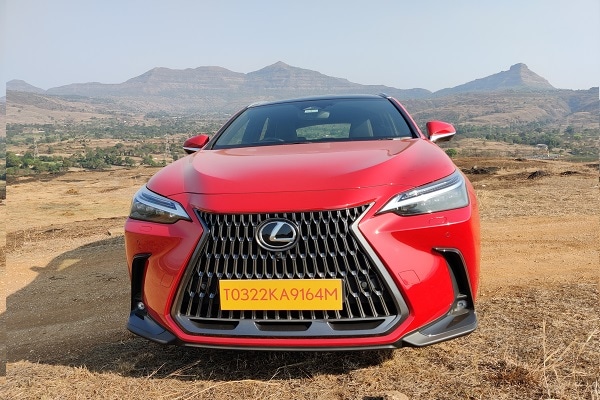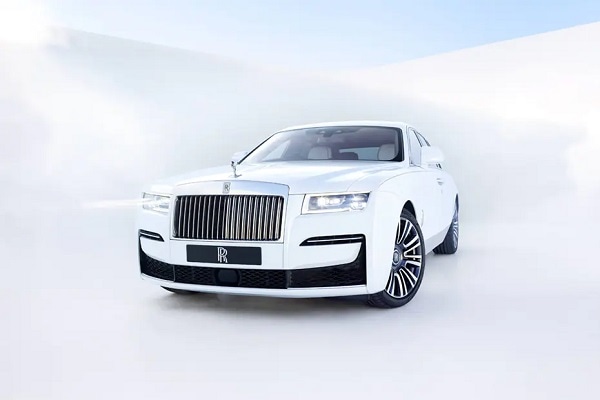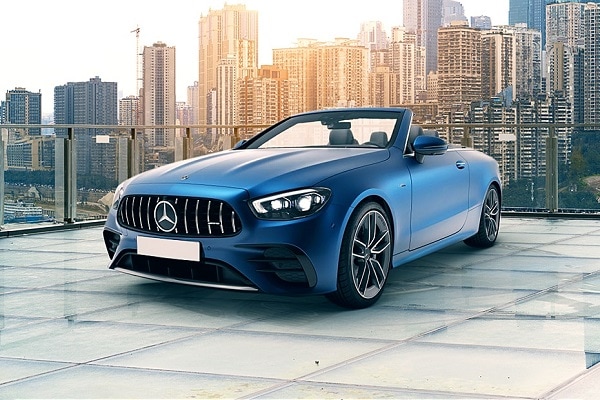Will GST bring much-awaited relief from petrol and diesel price rally?
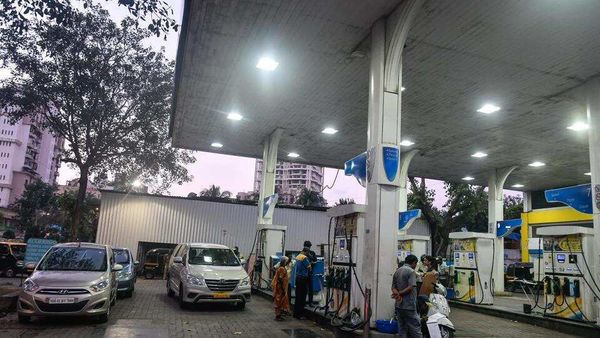

Petrol and diesel prices on Wednesday remained unchanged as the oil marketing companies kept the price hike at pause. The much-awaited pause in price hike comes after 12 consecutive days of surge since 9th February 2021. On Tuesday, the petrol price was just 7 paise away from ₹91 per litre in Delhi, while in Mumbai it was being sold at a whopping ₹97 litre, the most expensive among the four metro cities.
Also Read : As petrol price hits century, PM Modi targets previous governments
According to the new rule, petrol and diesel prices are revised on a daily basis in line with the benchmark international crude oil price and foreign exchange rates. The major reason behind the hike in petrol and diesel prices in India is attributed to the surge in crude oil prices in recent times in the international market.
Also check these Cars
Another reason behind the price hike is the central and state government imposed cess and VAT. Also, in Budget 2021, Finance Minister Nirmala Sitharaman announced the imposition of new agriculture and infrastructure cess that added the burden further for the motorists.
To simplify the tax structure on petrol and diesel, the central government makes up for ₹32.98 per litre of the petrol price in Delhi, while sales tax or VAT of the state government constitutes at ₹19.55. For diesel, the central excise duty adds up to ₹31.83 and VAT to ₹10.99 in Delhi. Besides that, the price of auto fuels also includes the dealer commission of a minimum of ₹2.6 per litre and ₹2 per litre on petrol and diesel respectively.
India needs cheaper fuel
Petrol and diesel prices have been increased by more than ₹7 per litre in 2021, as the prices of both auto fuels have been rallying upwards for the last couple of days, especially post-budget. Mobility in any country is a necessity, not a luxury for the sake of the growth of the country. India too being one of the leading developing countries in the world is not different. However, the surge in the prices of petrol and diesel are affecting that goal for sure.
Due to the recent surge in prices of petrol, its pricing is now the highest in Southeast Asia and crossed the ₹100 milestone in some places across India, such as Rajasthan and Madhya Pradesh.
With the state and central taxes contributing around 60% and 54% to the petrol and diesel prices respectively, if the government reduces the cess level a bit, it would give the motorists a bit of relief, especially at a time when the Indian economy is recovering the devastating impact of the Covid-19 pandemic, lockdown and the global economic meltdown.
While the central government has refused to reduce the excise duty it had cumulatively increased by ₹13 and ₹16 for petrol and diesel respectively in 2020, the state governments have taken the lead to slashing their part of the tax on fuel a bit in an attempt to offer slight relief to the consumers. For example, in West Bengal, the state government has announced a reduction of ₹1 in the state tax on petrol and diesel.
The price hikes of petrol and diesel have triggered protests in some states and the opposition parties have been training guns at the central government for not reducing the cess.
In the meantime, Union Petroleum Minister Dharmendra Pradhan on Tuesday hinted towards a drop in the rates of the fuel. “Due to an increase in prices of crude oil in international markets, consumer price (for petrol and diesel) has risen. This will soften gradually. Global supply was reduced due to Covid in turn affecting production as well," he told the news agency ANI.
The Indian government has also urged the Organization of the Petroleum Exporting Countries (OPEC) and OPEC+ to ease the production cuts, a decision that is resulting in a crude oil price hike and eventually the rise of petrol and diesel rates in India, the third-biggest oil consumer of the world.
Increased retail inflation and impact on GDP
The hike in oil prices directly results in an increase in retail inflation. According to the World Street Brokerage Bank of America Securities, a 10% spike in oil prices can push up retail inflation by up to 0.23%, impacting the daily lives of the citizens. This also directly impacts the consumption severely at a time when the country’s economy is recovering gradually after the devastating pandemic effect.
The study also claims that a $10 hike per barrel of crude oil reduces consumption by 0.4% of GDP. It further says that an oil tax cut to slash prices by ₹10 per litre impacts the fiscal deficit by only 0.6% of GDP.
The study further points that if the crude oil prices continue to stay at a level of $60 per barrel on average, the government should reduce the customs duty on crude. It also claims that the reduction in customs duty will not impact the revenue churning for the government at a greater level. The government can offset the revenue loss due to this move by higher open market operations by the Reserve Bank of India (RBI), because the higher oil imports can cut the forex intervention, resulting in saving of $9 billion on the current account deficit, if the crude price drops to $10 per barrel.
Bringing petrol and diesel under GST ambit
One of the biggest exclusions from the Goods and Services Tax (GST) regime is petroleum and natural gas. Bringing it under the GST ambit would make the rates uniform across India and bring down the prices as well, as the multiple and variable state and central taxes imposed on petrol and diesel will be abolished and make way for one tax structure across the country.
Prime Minister Narendra Modi and Finance Minister Nirmala Sitharaman have already hinted about the government’s will to bring fuel and natural gas under the GST ambit. “We are committed to bringing natural gas under the GST regime; I want to tell the world to invest in India's energy sector," said PM Modi while adding that this would help reduce prices as well.
In a recent address to media, FM Nirmala Sitharaman too said that this is a ‘vexatious issue’ and needs to be addressed by both the centre as well as the state governments as well. “To get fuel prices under GST needs to be a thorough discussion in the GST Council," she said while also adding “The anomaly can be addressed if it is under GST. And that can be just one tax which can be shared by both centre and state."
Sitharaman's comment was supported by RBI Governor Shaktikanta Das, who urged the centre and state governments to reduce taxes on petrol and diesel. The Modi government received a shot in the arm as even the opposition parties too want petrol and diesel to be brought under GST ambit.
Challenges of putting petrol, diesel under GST ambit
Not only for the central government but for any state government too petroleum products churn out a significant amount of revenue. For example, VAT on petroleum products is nearly 40% in Maharashtra, bringing in more than ₹25,000 crore per year. By imposing the VAT on fuel and natural gas, the state governments have control over their revenues. Hence, they don’t want to lose that control by letting the imposition of GST that will abolish the VAT on fuel and natural gas.
Also, some states claim that levying the standard GST rate will increase the price there. For example, Andaman and Nicobar charge only 6% of the VAT on fuel, as compared to 40% in Maharashtra. Hence, bringing the auto fuel under GST ambit might make the fuels cheaper in Maharashtra, but will make them pricier in Andaman and Nicobar. On the flip side, while it will reduce the tax for Maharashtra, Andaman and Nicobar will churn out more revenue.
Bottomline
The central and state governments should come up with a uniform solution that will reduce the burden from the common man’s shoulder and give some relief to the motorists by slashing the fuel prices. Also, the step should be made keeping an eye that the revenue generation doesn’t suffer.







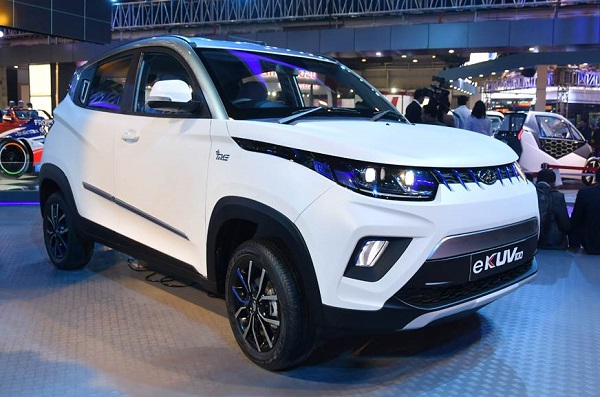
 40 kWh
40 kWh 150 Km
150 Km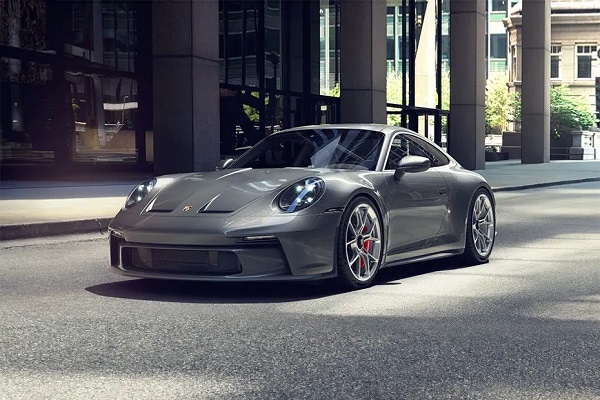
 3996.0 cc
3996.0 cc Petrol
Petrol
